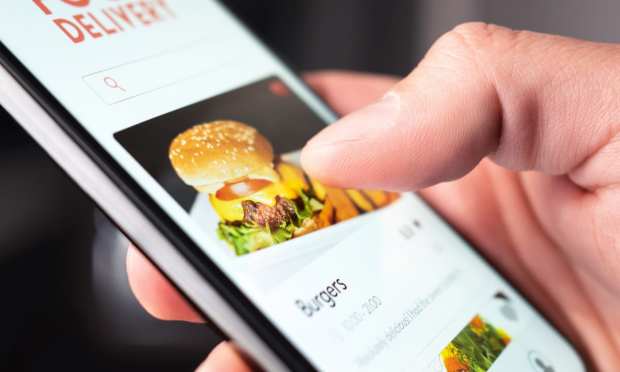The 5 Personas Of Restaurants’ Connected Customers

The future of digital ordering is hyper-personalized— an ultra-online restaurant enthusiast is going to interact differently with a restaurant’s mobile app, after all, than someone who is downloading a restaurant app for the first time. Last month, we looked at the concerns governing consumers’ digital ordering behavior. Now, with data from our May/June Delivering On Restaurant Rewards report created in collaboration with Paytronix, we take a look at the different degrees and kinds of connectedness that are shaping restaurants behavior, and how to drive spend with each of these groups.
Me, My Smartphone And I
The Smartphone-Centric consumer only has one connected device — their smartphone, of course. All their online interactions happen through this mobile device. The smartphone-centric consumer is, on average, 45 years old. Only 14 percent of these consumers have an annual income above $100,000, and 20 percent have a bachelor’s degree.
Ironically, smartphone-centric consumers are among the less likely groups to have switched to mobile ordering more during the pandemic, though those who have made the switch are the most likely to retain these habits, with 100 percent reporting that they expect to maintain some or all of their digital ordering habits after the pandemic has subsided. These consumers reported that loyalty and rewards programs were the feature that would most encourage them to spend more on their food orders.
Back To Basics
The Mainstream Mobile consumer owns a smartphone and either a tablet or a computer. The average consumer in this group is 53 years old, making these folks the oldest of all the groups. 26 percent of mainstream mobile consumers earn over $100,000 each year, and 31 percent have a bachelor’s degree.
The mainstream mobile consumer is the least likely of all the groups to have shifted to digital ordering and the most likely to revert once pandemic concerns have subsided — 40 percent want to fully revert to pre-pandemic ordering behavior. They spend less than half of what other groups spent on digital orders. Still, these consumers would also be most encouraged to spend more if a restaurant offered loyalty and rewards program, so if you want to get the Mainstream Mobile spend, it may be time to break out the punch cards.
Home Is Where The AI Is
The Connected Home consumer owns up to five connected devices, including voice assistance or other smart appliances. The average consumer in this group is 50 years old; 34 percent of these consumers earn over $100,000 annually, and 31 percent have a bachelor’s degree.
Unlike other groups, Connected Home consumers reported that online ordering ability is the best way to get them to spend more on their restaurant order, and these consumers’ restaurant spending last year was directed more toward online table-service restaurant orders than other kinds of orders.
Who Wore It Best?
The Connected Me consumer owns up to five devices, including connected wearables and other types of connected devices. This consumer is, on average, 43 years old; 39 percent of those in this group earn more than $100,000 annually, and 40 percent have a bachelor’s degree.
The Connected Me consumer is more likely than any other to use restaurant loyalty programs, and loyalty programs are also the best way to encourage them to spend more on their restaurant order. Like Connected Home consumers, these folks’ top restaurant spend last year was on online table-service orders.
Connect Six
The Superconnected consumer owns six or more connected devices. They are, on average, 46 years old, and they have the highest income of all the groups, with 48 percent earning more than $100,000. Consumers in this group are the most likely to have a bachelor’s degree, at 41 percent.
Given their high incomes, it is unsurprising that Superconnected consumers spent more than any other group on every kind of restaurant order in the last year, and their biggest spend was online quick-service restaurant (QSR) orders. Almost twice as large a share of Superconnected consumers have shifted to ordering online than all other consumers, and online payment is the top way to get encourage these ultra-online consumers to spend more on their order.
Read More On Restaurants:
- Fiserv Debuts Restaurant Kiosks as Self-Service Gains Ground
- Grubhub’s Campus Business Grows as Order Volumes Fall
- March Retail Sales Wrap Solid First Quarter for Consumer Spending
- Ghost Kitchens Vanish as In-Person Dining Returns
